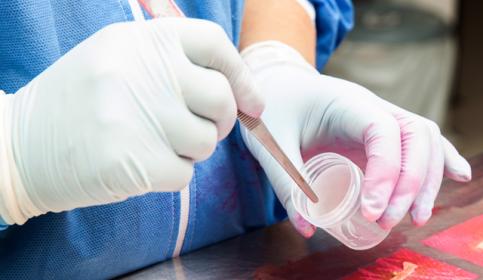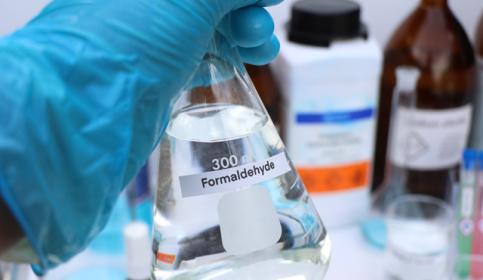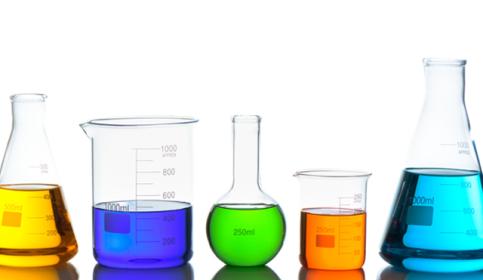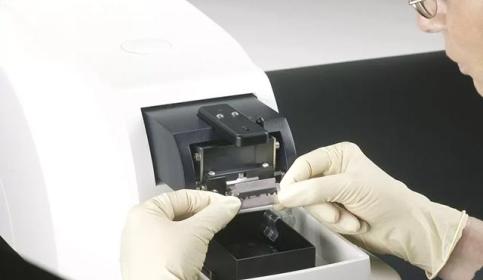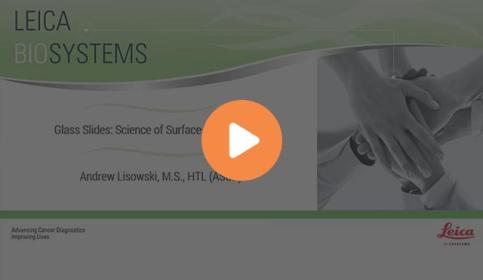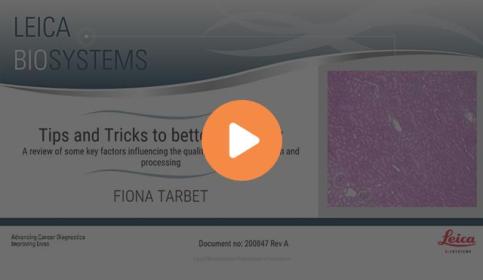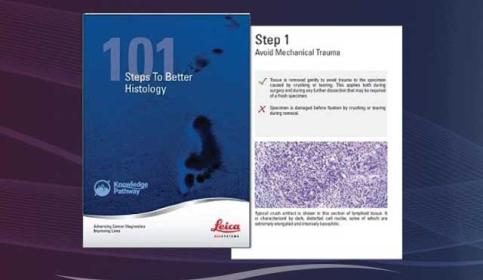Sample Preparation
Start here for our most popular educational pieces. Learn how to avoid common errors in your histology practice, absorb the basics of going digital, and more.
Process of Fixation and the Nature of Fixatives
Geoffrey Rolls, BAppSc, FAIMS
Fixation is a critical step in the preparation of histological sections. If it is not carried out under optimal conditions or if fixation is delayed, a tissue specimen can be irreversibly damaged. No matter how much care is subsequently taken in tissue...
Fixation and Fixatives (2) – Factors Influencing Chemical Fixation, Formaldehyde and Glutaraldehyde
Geoffrey Rolls, BAppSc, FAIMS
This second part of the Fixation and Fixatives series covers the factors that influence the rate and effectiveness of tissue fixation as well as looking at two common fixatives: formaldehyde (histology) and glutaraldehyde (ultrastructural electron microscopy...
Fixation and Fixatives (3) – Fixing Agents Other than the Common Aldehydes
Geoffrey Rolls, BAppSc, FAIMS
As well as formaldehyde and glutaraldehyde, discussed previously, a number of other reagents have been used for fixation, sometimes in simple solution but often combined with other agents in the form of compound fixatives. The more important of these are...
Knife Angle in Microtomy
Charles W. Scouten, Ph.D.
The correct knife angle is the subject of much misunderstanding, misleading experience, and incorrect information passed between microtomists, but in fact can be logically derived.
When to use a Vibrating Microtome for Tissue Sectioning
Users of microtomes often ask if they can use just one microtome across all functions in the laboratory. This article addresses the advantages and limitations of Vibrating Blade microtomes.
Glass Slides: Science of Surface Modification
Andrew Lisowski, M.S., HTL (ASCP)
Andrew will explain how glass is made and how we change its surface, so it is not inert.He will also review the common factors contributing to specimen loss and describe the benefits and dangers of the adhesives currently used. These modifications dictate the...
Tips and Tricks to Better Histology: Influencing Tissue Processing and Preparation
Fiona Tarbet, B.A.Sc, Leica Biosystems
In this webinar, Fiona Tarbet will investigate some of the effects of poor technique on section and stain quality and identify ways of producing better results.
Freezing Biological Samples
Neuroscience researchers usually need to see slices of whole brain in order to determine the location in brain of detail they are viewing under the microscope.
Steps to Better Grossing
Geoffrey Rolls, BAppSc, FAIMS
Get tips for better grossing in this guide. Each step provides a valuable reminder of good histology practice and also helps with troubleshooting when unacceptable results do occur.
